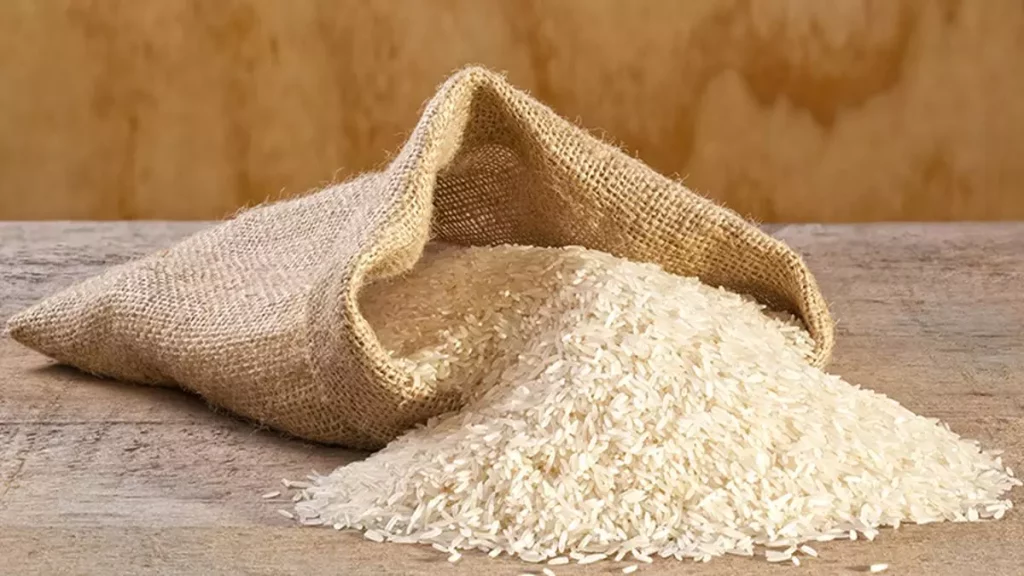Tags
As traditional Basmati varieties vanish from the fields, India’s GI claim could face threats

In places like Taraori region of Haryana, farmers are sowing lab-developed varieties of the long-grained rice.
Prominent traditional varieties of Basmati are nearing extinction as farmers are shifting to higher-yielding “evolved” varieties of the long-grained rice.
In the Taraori region of Haryana where the traditional Basmati variety of the same name originated, farmers have completely shifted to the varieties developed by scientists.
“I have stopped growing traditional Basmati due to labour shortage and shifted to (Pusa Basmati) 1509 variety,” said Gurvinder Singh Goldy in Rajgarh village, near Taraori. Apart from Taraori Basmati of Haryana, there are five other traditional varieties – Basmati 217 and Basmati 370 (grown in Punjab), Dehraduni 3 (Uttarakhand and Uttar Pradesh), Ranbir Basmati (Jammu and Kashmir) and Basmati 386 (foothills of the Himalaya).
Off the menu
Experts said traditional varieties are in circulation only through government schemes mostly. Some have already been relegated to the shelf at the National Bureau of Plant Genetic Resources which is the custodian of all plant varieties. “If they were not in circulation through government schemes, their names would only be found in some books. As it is, they are hardly being consumed,” said an expert not wishing to be named.
According to S Chandrasekaran, author of the seminal book Basmati Rice: The Natural History Geographical Indication, the introduction of the evolved Basmati rice variety – Pusa Basmati 1121 between 2003 and 2008 has “completely replaced the traditional Basmati and Pusa Basmati-1”.
For farmers, economics lies at the heart of the shift from the traditional to the evolved varieties. While the realisation from the evolved CSR 30 variety in the current season is ₹6,300-6,600/quintal, farmers get ₹4,200-4,500/quintal in the case of Pusa Basmati 1121 and ₹3,200-3,500/quintal for Pusa Basmati 1509. The yield of CSR 30 is average 12-13 quintal per acre, that of Pusa Basmati 1121 is 18-20 quintal/acre and Pusa Basmati 1509 is 22-25 quintal/acre.
“I will opt for Pusa Basmati 1509 next year as its short duration (90-100 days) will get enough time to prepare the field for wheat,” said Ashok Kumar Dahiya, a farmer in Sonipat district who has sowed newly-introduced Pusa Basmati 1718 and Pusa Basmati 1885 this year. Dahiya said that as their livelihood depends on it, they select the crop based on price realisation, input costs, timing, etc.
But the fear is what will the shift mean to India’s Geographical Indication claims? Also, can traditional varieties be resurrected? According to Chandrasekaran, the recently-launched National Cooperatives Export Limited (NCEL) could play a role in the resurrection of traditional basmati rice varieties in the export market. Since Article 6 of Agreement on Agriculture (under WTO) allows countries to extend subsidies to protect biodiversity and take environmental measures, a subsidy could be routed through NCEL to protect traditional Basmati rice varieties, he added.
Stressing that it is inevitable to bring back the commercial aspect of traditional Basmati varieties, Chandrasekaran said the Geographical Indication Tribunal’s Order of March 15, 2018 states: “This tribunal is in a position to accept the application of the respondent / applicant and recognise the traditional variety of Basmati as Geographical Indications with in the traditional growing area.”
https://www.thehindubusinessline.com/economy/agri-business/as-traditional-basmati-varieties-vanish-from-the-fields-indias-gi-claim-could-face-threats/article67558139.ecePublished Date: November 22, 2023





